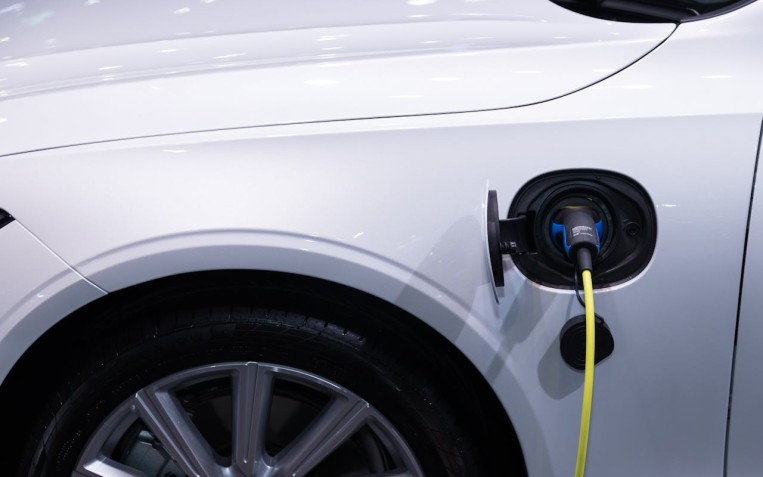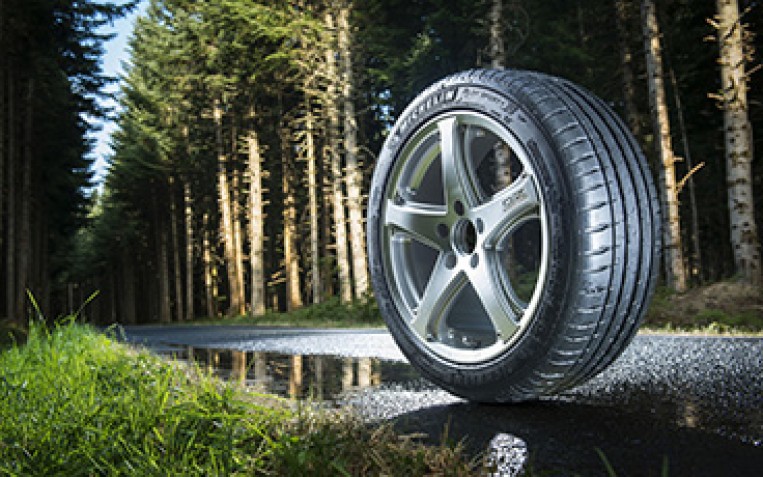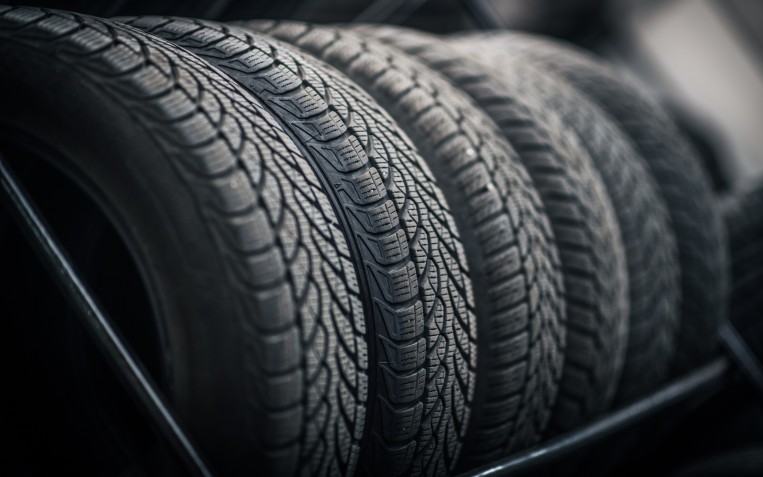Guide to Run Flat Tyres

Our expert guide to running flat tyres - what are they and why you should have them.
Perhaps you have been in this situation - you are suddenly stranded at the side of a road with a flat tyre.
There are a few options that you can resort to, such as calling for roadside assistance or even trying to change the tyre yourself. Both take time and equally both are inconvenient; with one needing a bit more strength and skill while also running a high probability of getting your hands dirty.
But there is another option which is becoming more popular with car owners and many higher-end car manufacturers, which may be worth considering. And an option which could take away the stress and headache of a flat tyre, and even more importantly, can be far safer option.
What are run flat tyres?
There are many different types of tyres on the market so it can get a little confusing on what everything means. However, a run flat tyre has the clue in the name; it allows you to keep driving even when they are flat.
The design of the tyre is important - it's thicker and has reinforced sidewalls, which means the tyre retains its shape, and can support the weight of the car following damage on the road, and for a short period of time. This is so the driver can travel home or to a garage safely following a puncture to get it repaired or replaced, and without damaging the wheels or compromising safety.
What are the advantages of having a run flat tyre?
The driver can travel up to 50 miles on a run flat tyre following a puncture, and it can take away the worry of fitting the spare tyre at the side of the road, or waiting for the recovery vehicle to turn up. It is important to note that this mileage limit should not be exceeded, and car owners should get the tyre changed as soon as possible.
Without a heavy spare tyre in the boot of your car, this also means that there's less overall weight, and more space for storage such as luggage or shopping.
How can you tell if you already have run flat tyres and can you mix them?
A good indicator for if you already have run flat tyres is to check in your boot and under the floor cover. If there is a spare tyre stored away, then it typically means that your car wasn't pre-fitted with them.
Run flat tyres can be retrofitted to your car, provided it has a tyre pressure monitoring system (TPMS) which also means you are able to tell by a light indicator on your dashboard if your tyre pressure has dropped.
Experts also advise that it's not a good idea to mix run flat tyres with your regular ones. So, if you are going to have some fitted, all four tyres will need to be changed. Find out more about mixing tyres in our handy guide.
If you are still unsure, check if you have run flat tyres with the help of one of our qualified mechanics at your local branch, or contact us for more details.
Can you repair run flat tyres?
One of the main questions we get is if run flat tyres can be repaired? The British Rubber Manufacturers' Association who represent major tyre manufacturers does not recommend this option. Even qualified tyre experts can't always tell if a tyre is damaged, so it isn't worth running that risk, and the vast majority of tyre technicians won't agree to repair a run flat tyre. Instead, you'll be advised to replace your run flat tyres with new tyres.
What to do next?
Are you ready to change your current tyres to run flat tyres? Book your car in at your local PTA garage to arrange your tyre fitting, or get in touch with our team today for more information about run flat tyres.
Related Content

Do electric vehicles need EV-specific tyres?
Electric cars and regular vehicles have many noticeable differences. For instance, EVs tend to be heavier than petrol and diesel models. Therefore, they require tyres that can accommodate the extra load. While there is no legal requirement enforcing...

Tyre Safety Month 2023
Tyre Safety Month has been running since 2010 and has been an annual campaign that is run for a month, designed to raise awareness of tyre safety. &nb...

What are airless tyres?
Airless tyres are specifically designed with extra sidewall strengthening to enable them to drive for around 50 miles at a maximum speed of 50mph, eve...

